The Havanese breed, a member of the toy group, is a small but sturdy dog known for its friendly disposition and luxurious coat. Proper nutrition is essential for maintaining their energy levels, supporting a healthy coat, and preventing obesity, which can be a concern for smaller breeds. The amount of food your Havanese needs will vary, particularly based on the calorie content of the food. It’s also influenced by individual lifestyle factors, so there isn’t a one-size-fits-all approach. We’ll explore guidelines to help you determine the best feeding regimen for your Havanese and what you might expect to spend on their food monthly.
1. Understanding Your Havanese’s Nutritional Needs
Havanese, weighing between 7 to 13 pounds on average, require a balanced diet rich in protein, fats, carbohydrates, vitamins, and minerals. A dog’s life stage is a crucial consideration—puppies, adults, and seniors all have different dietary requirements. The amount of food they require will reflect these needs.
2. Determining the Right Amount to Feed
The average adult Havanese typically needs about 40 calories per pound of body weight per day. Therefore, a 10-pound Havanese might need around 400 calories daily. These calories should be divided into two meals per day for adults or three to four for puppies. However, it’s essential to read the calorie information on your specific brand of dog food and adjust it according to your dog’s condition and vet recommendations.
3. The Influence of Activity Level on Diet
An active Havanese will require more calories than a sedentary one. For example, a Havanese that regularly accompanies you on walks or engages in play frequently will need more food than one who prefers lounging. Always adjust food amounts based on your dog’s activity level to avoid underfeeding or overfeeding.
4. The Impact of Dog Food Quality
High-quality dog food often contains more nutrient-dense ingredients, meaning you’ll feed less quantity since it provides more calories and better nutrition per cup. It’s important to select a high-quality food appropriate for your Havanese’s life stage and health status.
5. Adjusting Feeding Amounts as Your Havanese Ages
Puppies and younger dogs typically require more calories for growth and development, while seniors may need fewer calories due to a slower metabolism. Adjust the amount you feed as your Havanese transition from puppyhood to adulthood and into their senior years.
6. Measuring Food Accurately
Using a measuring cup or scale to measure your Havanese food ensures that you are providing a consistent amount at each feeding. This consistency helps prevent weight gain and maintains portion control.
7. Health Issues and Special Diets
Some Havanese may develop health issues that require special diets, such as hypoallergenic formulas or foods designed for sensitive stomachs. Your vet can help you choose the best food for these special needs, which may affect the amount and cost of feeding.
8. The Role of Treats in Your Havanese’s Diet
Treats should be given sparingly and account for no more than 10% of your Havanese’s total caloric intake. Choose low-calorie treats or use part of their daily kibble allotment to avoid overfeeding.
9. Human Foods: What’s Safe and What’s Not
While some human foods are safe for dogs in moderation, others can be dangerous. Safe options for Havanese include plain, cooked meats, certain vegetables, and fruits. However, always avoid toxic foods like chocolate, xylitol, grapes, and onions.
10. The Choice Between Wet and Dry Food
Whether you choose wet or dry food for your Havanese is a personal choice and may depend on your dog’s preference and health needs. Dry food can be better for dental health, while wet food may be beneficial for hydration and can be more appealing to picky eaters.
11. What About Raw or Home-Cooked Diets?
Some owners opt for raw or home-cooked diets. While these can be healthy if well-balanced, they require careful planning to ensure they meet all of your Havanese’s nutritional needs. Always consult with a vet or a canine nutritionist before opting for these diets.
12. Adjusting Diet for Weight Management
If your Havanese is overweight or underweight, their diet will need adjusting. For weight loss, a reduced-calorie diet designed for small breeds is often recommended, while underweight dogs may need additional calories from a high-energy food.
13. Monitoring Your Havanese’s Weight and Health
Regular weigh-ins and vet check-ups are vital to ensure your Havanese remains at a healthy weight. Make diet adjustments as recommended by your veterinarian based on these check-ups.
14. Monthly Feeding Cost for Havanese
The monthly cost of feeding a Havanese can vary widely. For economy brands, you might spend $15-$25 per month, while premium foods can cost $40-$60 or more monthly. Specialty or prescription diets may increase this cost further.
Our 5 Top Foods for Havanese
The diets were selected by our founder Justin Palmer, a certified canine nutrition expert, specifically with Havanese in mind:
Conclusion
Feeding your Havanese properly is a critical aspect of pet ownership that impacts their health and longevity. It’s not just about the amount but also the quality of food and your dog’s individual needs. By monitoring your Havanese’s weight, consulting with your vet, and choosing a diet that fits their lifestyle, you can ensure they remain a happy and healthy companion for years to come. The cost of feeding a Havanese will vary, but investing in quality food can save on health costs down the line. Remember, every Havanese is unique, and their feeding needs should reflect their individuality.
Frequently Asked Questions About Feeding a Havanese
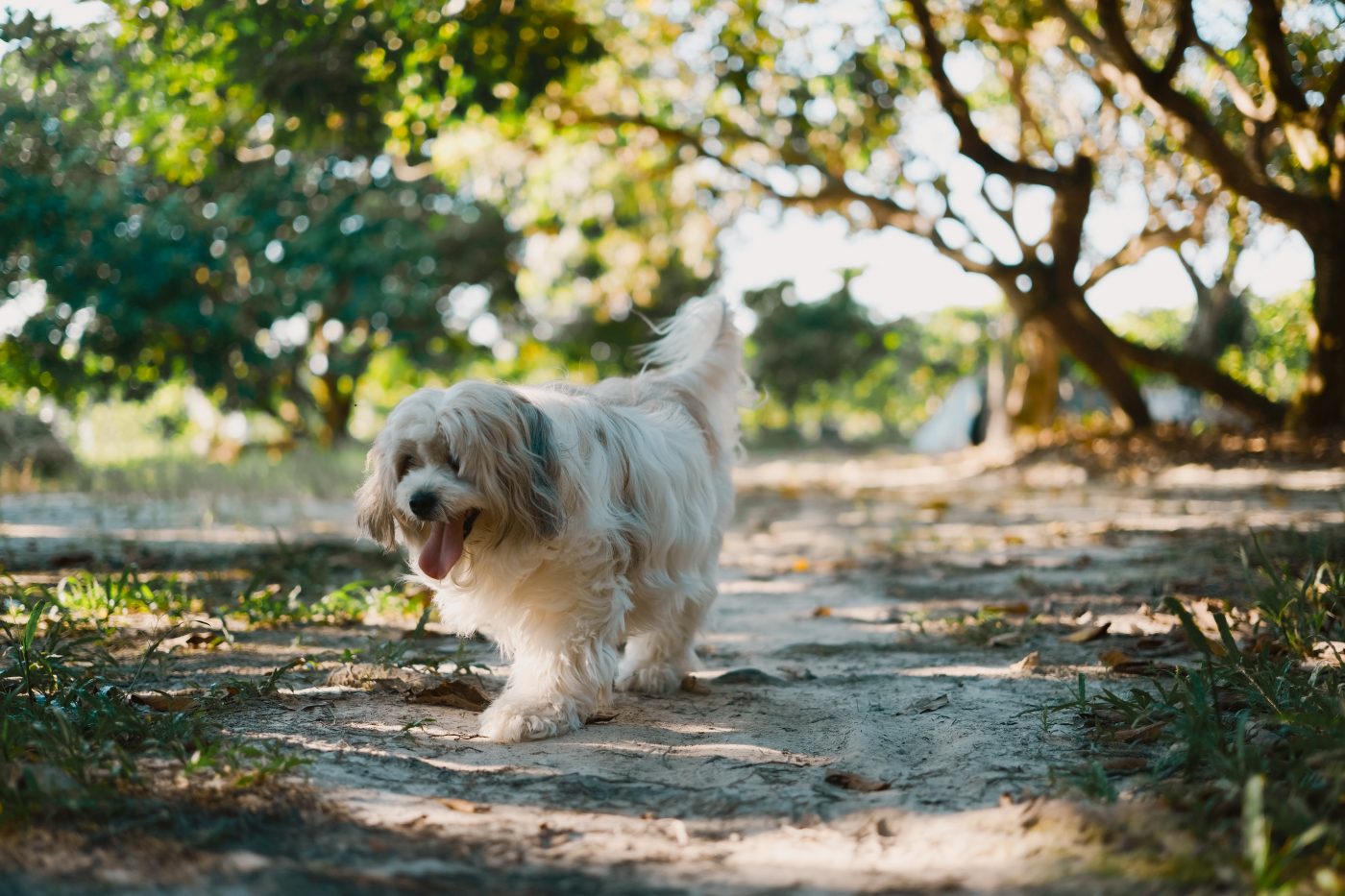
1. How many times a day should I feed my Havanese?
Adult Havanese dogs should be fed twice a day to maintain their energy levels and prevent overeating. Puppies under six months may require three to four smaller meals spaced throughout the day to accommodate their faster metabolisms and smaller stomachs.
2. What kind of food is best for Havanese dogs?
The best food for Havanese dogs is high-quality, breed-specific dog food that caters to their unique size and energy needs. It should be rich in protein to support muscle maintenance, with a balance of carbohydrates, fats, and essential nutrients to promote overall health.
3. Can Havanese eat human food?
While Havanese can eat certain human foods such as cooked lean meats, rice, and certain vegetables, it should only be given in moderation and should not replace a balanced dog diet. Always avoid foods that are toxic to dogs, such as chocolate, onions, and grapes.
4. How much should my Havanese puppy eat?
Havanese puppies require more calories per pound of body weight than adult dogs because they are growing rapidly. It’s generally recommended to feed them a puppy-specific formula that meets their developmental needs, which is usually detailed on the food packaging based on their age and weight.
5. Do Havanese dogs have specific dietary needs?
Havanese dogs don’t typically have unique dietary needs compared to other breeds, but they do well on small-breed formulas that consider their smaller size and caloric needs. Always check for any individual health issues with your vet to determine if your Havanese has specific dietary requirements.
6. How do I switch my Havanese to a new food?
When switching your Havanese to a new food, do it gradually over a period of about one week by mixing the new food with the old, increasing the amount of new food while decreasing the old. This helps prevent digestive upset and allows your dog’s system to adjust to the new food.
7. What do I do if my Havanese is a picky eater?
For a picky Havanese, try mixing in a little wet food with dry kibble, warming the food slightly, or adding a low-sodium broth to enhance flavor. Consistency is key, so try not to switch foods frequently, which can exacerbate pickiness.
8. How can I prevent my Havanese from becoming overweight?
Prevent your Havanese from becoming overweight by measuring their food portions, limiting treats, and ensuring they get regular exercise. If you’re concerned about your dog’s weight, consult your veterinarian for a tailored diet and exercise plan.
9. Are there any foods that are harmful to Havanese dogs?
Yes, certain foods are harmful to Havanese and all dogs, such as chocolate, xylitol (found in sugar-free gum), grapes, raisins, onions, and foods high in fat. Always keep these away from your dog and stick to vet-recommended dog foods and treats.
10. Can Havanese dogs be free-fed?
Free-feeding, or leaving food available all the time, is not recommended for Havanese dogs as they can easily overeat and become overweight. It’s better to stick to scheduled feeding times and portion control to maintain optimal health.
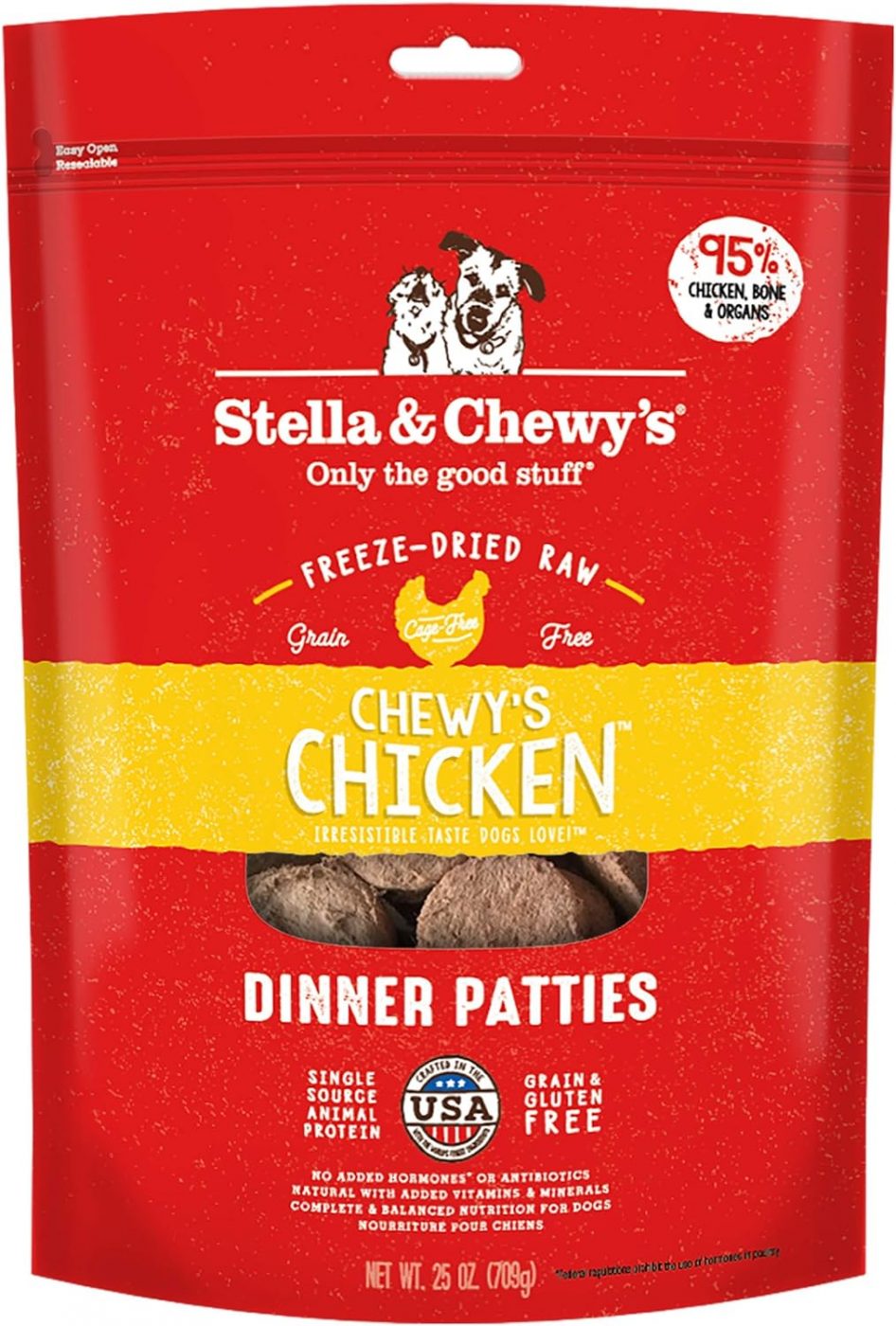
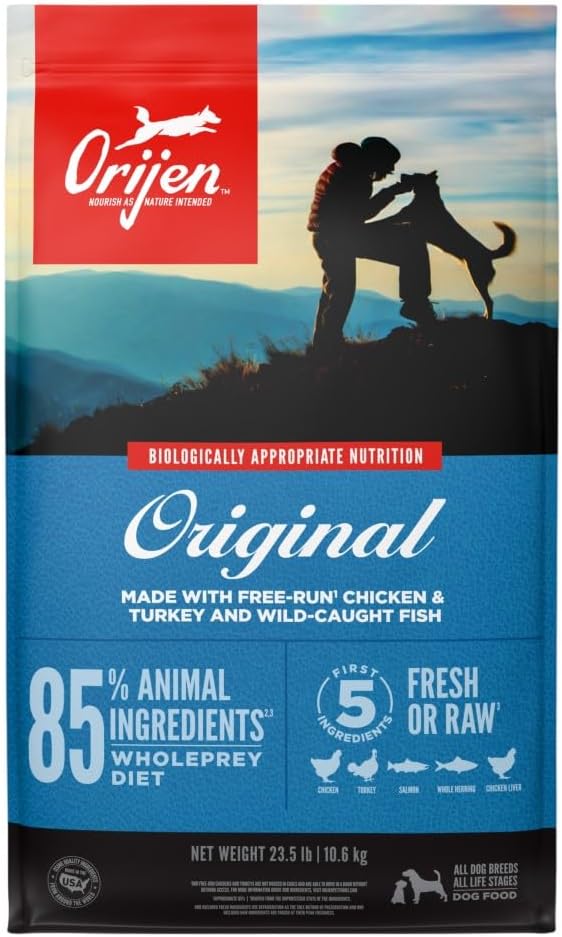
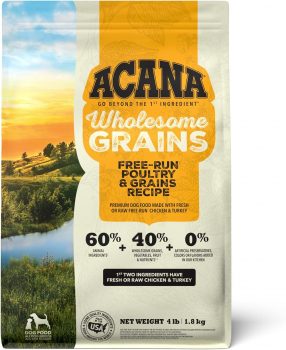
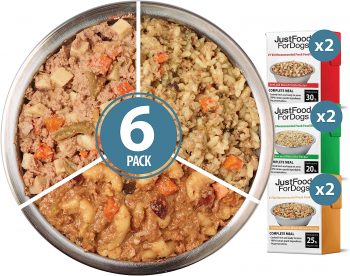
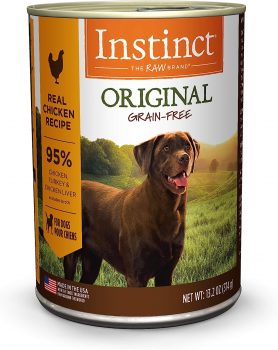
 Toledo, United States.
Toledo, United States.